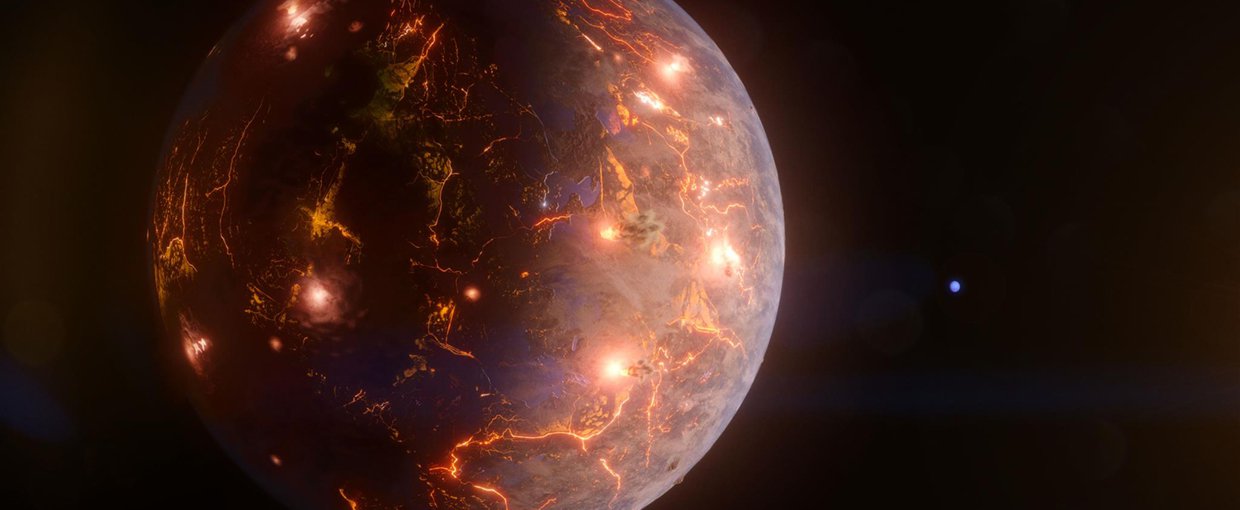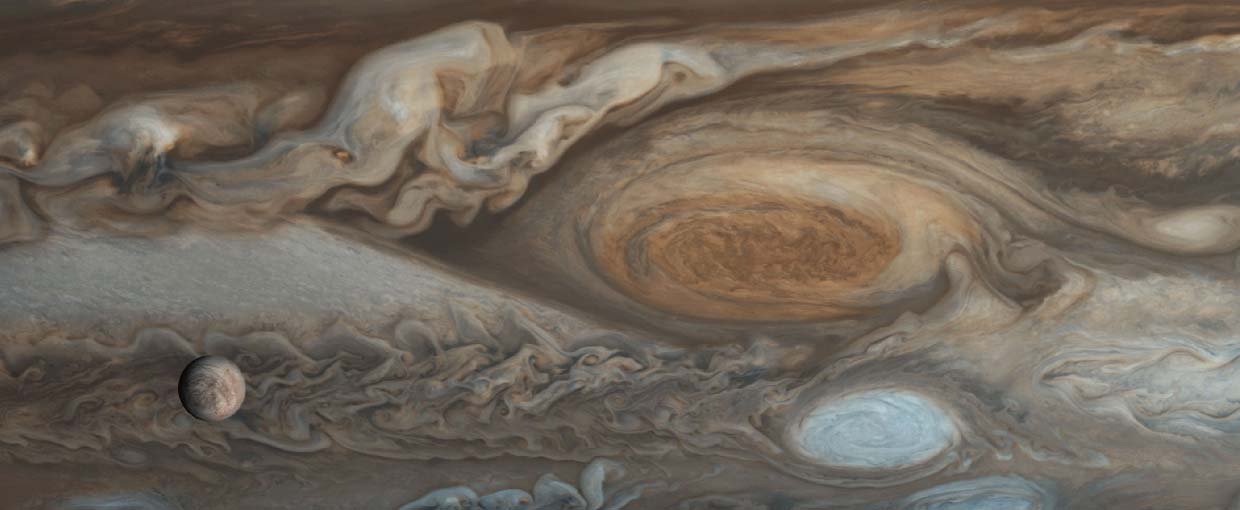Febrian, R., Ona, W. J., Araneda, J. F., Riegel, S. D., & Bracher, P. J. (2019). Benchtop NMR Spectroscopy of Prebiotically-Relevant Peptide Reactions Enabled by Salt-Induced Chemical Shift Dispersion. ACS Earth and Space Chemistry. doi:10.1021/acsearthspacechem.9b00221
Kane, S. R., & Blunt, S. (2019). In the Presence of a Wrecking Ball: Orbital Stability in the HR 5183 System. The Astronomical Journal, 158(5), 209. doi:10.3847/1538-3881/ab4c3e
Campbell, T. D., Febrian, R., McCarthy, J. T., Kleinschmidt, H. E., Forsythe, J. G., & Bracher, P. J. (2019). Prebiotic condensation through wet–dry cycling regulated by deliquescence. Nature Communications, 10(1), None. doi:10.1038/s41467-019-11834-1
Colose, C. M., Del Genio, A. D., & Way, M. J. (2019). Enhanced Habitability on High Obliquity Bodies near the Outer Edge of the Habitable Zone of Sun-like Stars. The Astrophysical Journal, 884(2), 138. doi:10.3847/1538-4357/ab4131
Del Genio, A. D., Kiang, N. Y., Way, M. J., Amundsen, D. S., Sohl, L. E., Fujii, Y., … Kelley, M. (2019). Albedos, Equilibrium Temperatures, and Surface Temperatures of Habitable Planets. The Astrophysical Journal, 884(1), 75. doi:10.3847/1538-4357/ab3be8
Andeskie, A. S., & Benison, K. C. (2019). Using sedimentology to address the marine or continental origin of the Permian Hutchinson Salt Member of Kansas. Sedimentology. doi:10.1111/sed.12665
Castañeda, A. D., Li, Z., Joo, T., Benham, K., Burcar, B. T., Krishnamurthy, R., … Orlando, T. M. (2019). Prebiotic Phosphorylation of Uridine using Diamidophosphate in Aerosols. Scientific Reports, 9(1), None. doi:10.1038/s41598-019-49947-8
Jansen, C. A., Brenker, F. E., Zipfel, J., Pack, A., Labenne, L., Nagashima, K., … Schiller, M. (2019). MINERALOGY, PETROLOGY, AND OXYGEN ISOTOPIC COMPOSITION OF NORTHWEST AFRICA 12379, METAL-RICH CHONDRITE WITH AFFINITY TO ORDINARY CHONDRITES. Geochemistry. doi:10.1016/j.chemer.2019.125537
Jensen-Clem, R., Bond, C. Z., Cetre, S., McEwen, E., Wizinowich, P., Ragland, S., … Graham, J. (2019). Demonstrating predictive wavefront control with the Keck II near-infrared pyramid wavefront sensor. Techniques and Instrumentation for Detection of Exoplanets IX. doi:10.1117/12.2529687
Benner, S. A., Bell, E. A., Biondi, E., Brasser, R., Carell, T., Kim, H., … Trail, D. (2019). When Did Life Likely Emerge on Earth in an RNA‐First Process? ChemSystemsChem. doi:10.1002/syst.201900035



